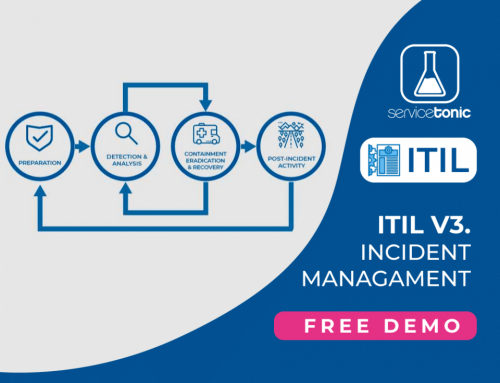At this point the Services Strategy has established what services have to be provided and the expected value of them, and the Service Design has developed the SDP (Service Design Package) where it details what the service has to do and how it has to do it. do what.
The transition phase is responsible for building, testing and deploying new services (or updated services). It is also responsible for transferring to the operation phase the necessary knowledge to be able to operate the services within the agreed service levels.
A service transition is considered a success if:
- – The services introduced provide the expected value.
- – Services are introduced in a controlled and non-disruptive manner. That is to say, the services in production are maintained within the service levels agreed with the expected cost.
Table of Contents
People
When we approach the management of a change in an information system, there are times when we pay much attention to the technological aspects of change and we forget a little that those who will use the system are people, and that the success of a system it is determined by the use that people make of it.
People usually oppose changes for various reasons: comfort, fear, interest …
The Transition of Services must ensure that users, the vast majority at least, buy the change and get involved in it.
For that you must take into account factors such as:
- – The management of key actors of change.
- – The emotional cycle of change.
- – Organizational culture.
- – The communication plan.
Comunication
Communication is one of the key aspects of managing change, and usually one of the weaknesses of the Service Transition.
If we do not communicate well the implications, benefits and use associated with the change, we will not be delivering the maximum possible value.
Each communication has to target the right audience, by appropriate means and at suitable intervals: we need to develop a communication plan.
Processes
Planning and support to Transition
Plans and coordinates resources to ensure that the Service Operation meets the requirements of the Service Strategy reflected in the Service Design. It must also ensure that the start of a new or changed service is carried out successfully and within the expected parameters of cost, time and quality.
Change Management
Oversees and approves the introduction of new services or modification of services ensuring that the whole process of change has been properly planned, evaluated, tested, implemented and documented.
Configuration Management and Service Asset
Responsible for the registration and management of configuration items (CIs) and service assets. This process ensures the validity of the information and supports almost all other processes.
Release and Deployment Management
Responsible for developing, testing and deploying new versions of services according to the guidelines set in the Service Design phase. It is also responsible for protecting the integrity of previously existing services.

Service validation and testing
Responsible for ensuring that services meet the established requirements before passing to the production environment.
Change Evaluation
Evaluates and reports relevant aspects of services: value, quality, profitability, customer satisfaction, etc.
You can set various points in the lifecycle of change where this process answers the question “Should we continue the change?”. The final decision would be Change Management, but the recommendation and the evidence would be Change Evaluation.
Knowledge Management
Responsible for making the accumulated knowledge of the services available to all processes associated with any stage of the services lifecycle.
Its main objective is to promote good decision-making based on adequate information.
At this point, we would have our service in production. In the next chapter, we will see how the Operation Service process is responsible for realizing the expected value in the Service Strategy
“The changes do not happen by magic. They have to be planned, promoted, implemented and consolidated.” – Manuel Molero, CTO of ServiceTonic



